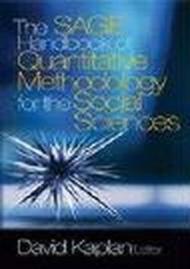
SAGE HANDBOOK OF QUANTITATIVE METHODOLOGY FOR THE SOCIAL SCIENCES
Kaplan David
`The 24 chapters in this Handbook span a wide range of topics, presenting the latest quantitative developments in scaling theory, measurement, categorical data analysis, multilevel models, latent variable models, and foundational issues. Each chapter reviews the historical context for the topic and then describes current work, including illustrative examples where appropriate. The level of presentation throughout the book is detailed enough to convey genuine understanding without overwhelming the reader with technical material. Ample references are given for readers who wish to pursue topics in more detail. The book will appeal to both researchers who wish to update their knowledge of specific quantitative methods, and students who wish to have an integrated survey of state-of- the-art quantitative methods' - Roger E Millsap, Arizona State University
The SAGE Handbook of Quantitative Methodology for the Social Sciences is the definitive reference for teachers, students, and researchers of quantitative methods in the social sciences, as it provides a comprehensive overview of the major techniques used in the field. The contributors, top methodologists and researchers, have written about their areas of expertise in ways that convey the utility of their respective techniques, but, where appropriate, they also offer a fair critique of these techniques. Relevance to real-world problems in the social sciences is an essential ingredient of each chapter and makes this an invaluable resource.
The Handbook is divided into six sections:
. Scaling
. Testing and Measurement
. Models for Categorical Data
. Models for Multilevel Data
. Models for Latent Variables
. Foundational Issues
These sections, comprising twenty-four chapters, address topics in scaling and measurement, advances in statistical modeling methodologies, and broad philosophical themes and foundational issues that transcend many of the quantitative methodologies covered in the book.
The Handbook is indispensable to the teaching, study, and research of quantitative methods and will enable readers to develop a level of understanding of statistical techniques commensurate with the most recent, state-of-the-art, theoretical developments in the field. It provides the foundations for quantitative research, with cutting-edge insights on the effectiveness of each method, depending on the data and distinct research situation.
Dettagli Libro
- Titolo: SAGE HANDBOOK OF QUANTITATIVE METHODOLOGY FOR THE SOCIAL SCIENCES
- Autore: Kaplan David
- Curatore:
- Traduttore:
- Illustratore:
- Editore: SAGE Publications Ltd
- Collana:
- Data di Pubblicazione: 2004
- Pagine: 528
- Formato:
- ISBN: 9780761923596
- Non catalogati - Non catalogati
Libri che ti potrebbero interessare
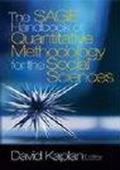
SAGE HANDBOOK OF QUANTITATIVE METHODOLOG...
Kaplan David

Structural Equation Modeling: Foundation...
David Kaplan

Execution premium. Applicare la strategi...
David P. Norton, G. Chizzoli, Robert S. Kaplan, C. Manzoni
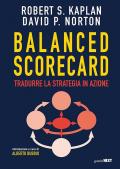
Balanced scorecard. Tradurre la strategi...
Robert S. Kaplan, David P. Norton
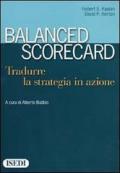
Balanced scorecard. Tradurre la strategi...
Kaplan Robert S., Norton David P.

L'impresa orientata dalla strategia. Bal...
David P. Norton, Robert S. Kaplan, L. Perria, A. Bubbio
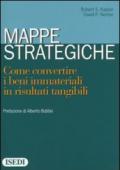
Mappe strategiche. Come convertire i ben...
N. Colombi, David P. Norton, Robert S. Kaplan

Allineamento strategico. Come usare le B...
S. Cappelletti, David P. Norton, Robert S. Kaplan, A. Bubbio

Balanced scorecard. Tradurre la strategi...
David P. Norton, Robert S. Kaplan






